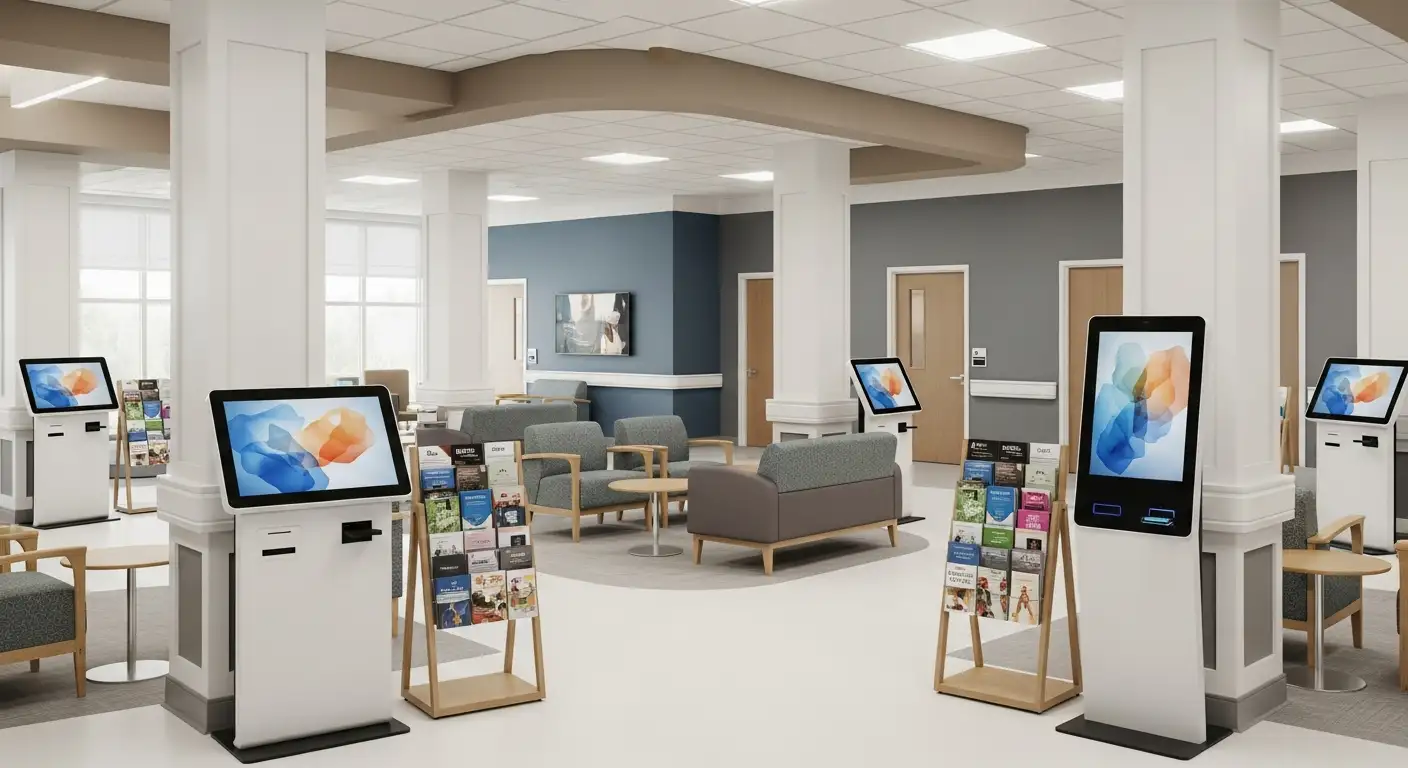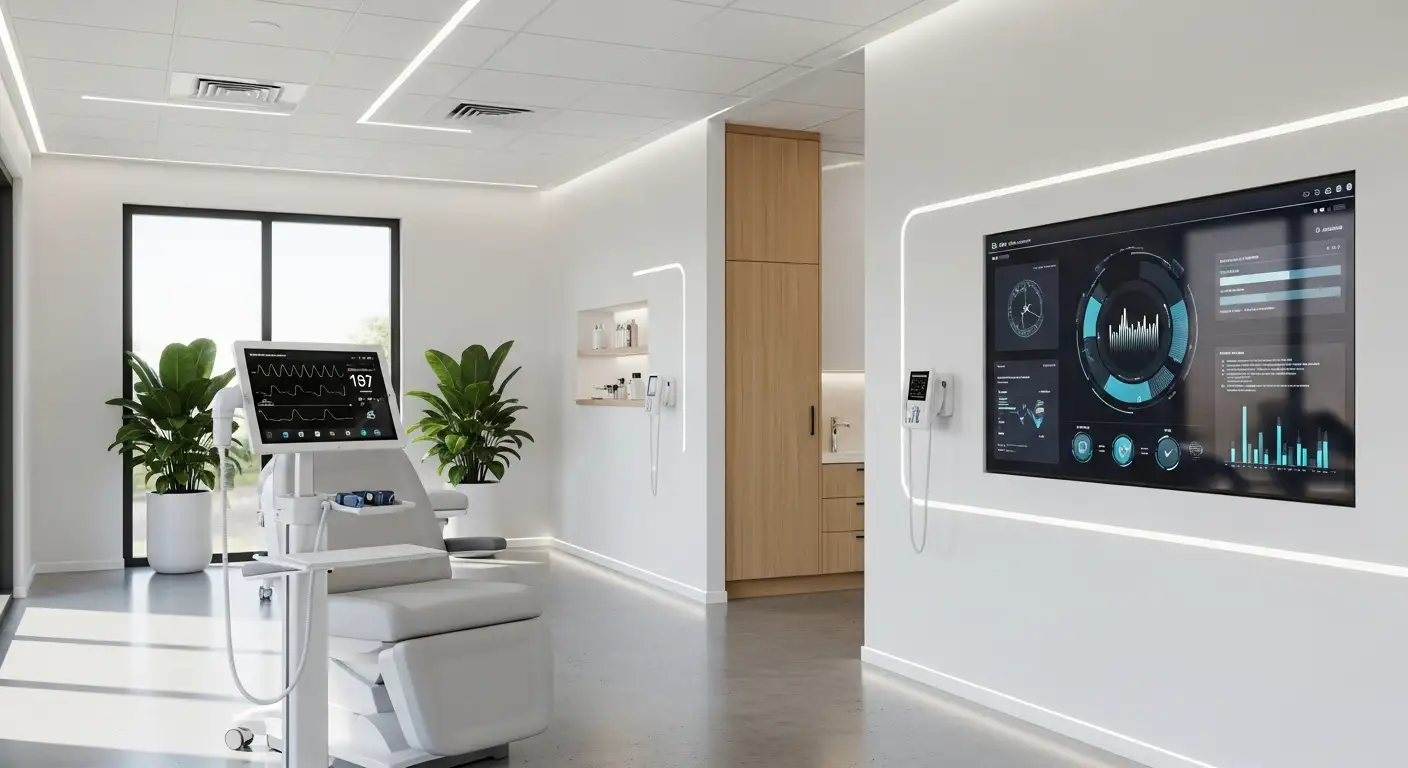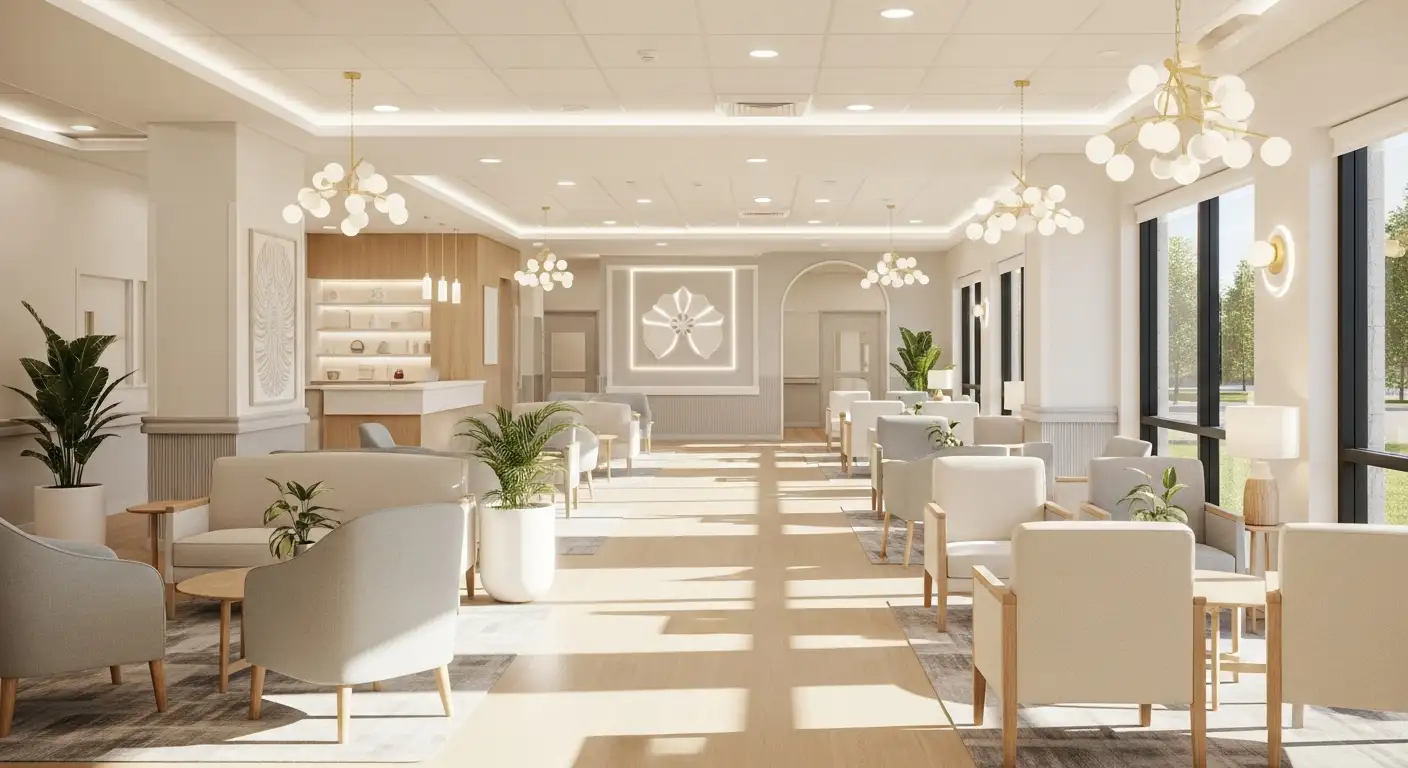How Gaps in Chronic Care Management Lead to ER Visits

Addressing the Root Causes of Emergency Healthcare Utilization
Chronic diseases are a leading driver of emergency department (ED) visits, many of which are avoidable with effective management. Gaps in chronic care—such as poor care coordination, inadequate social support, and limited access to services—significantly contribute to unnecessary ER visits. This article explores how these care gaps influence emergency healthcare utilization and discusses strategies to close them, thereby improving patient outcomes and reducing healthcare costs.
The Significance of Managing Chronic Diseases Effectively
Why is managing chronic diseases important?
Managing chronic diseases is crucial because it significantly impacts both an individual’s quality of life and the healthcare system at large. When chronic conditions such as diabetes, heart disease, or COPD are poorly managed, patients face a higher risk of complications that can lead to emergency department (ED) visits and hospitalizations. Effective management involves consistent adherence to prescribed treatment plans, regular health monitoring, and addressing social determinants of health that influence patient outcomes.
Patients benefit from education, lifestyle modifications, and support systems that help them recognize early warning signs and manage symptoms proactively. Healthcare providers, community resources, and caregivers work together to empower patients, boosting their confidence in self-care and reducing feelings of helplessness.
Additionally, controlling chronic illnesses not only improves individual well-being but also reduces overall healthcare costs. It prevents costly emergency interventions and hospital stays, easing the burden on healthcare facilities. This comprehensive approach to chronic disease management ultimately enhances health outcomes, minimizes disabilities, and prolongs life while contributing to a more sustainable healthcare system.
Consequences of Inadequate Management and Care Gaps
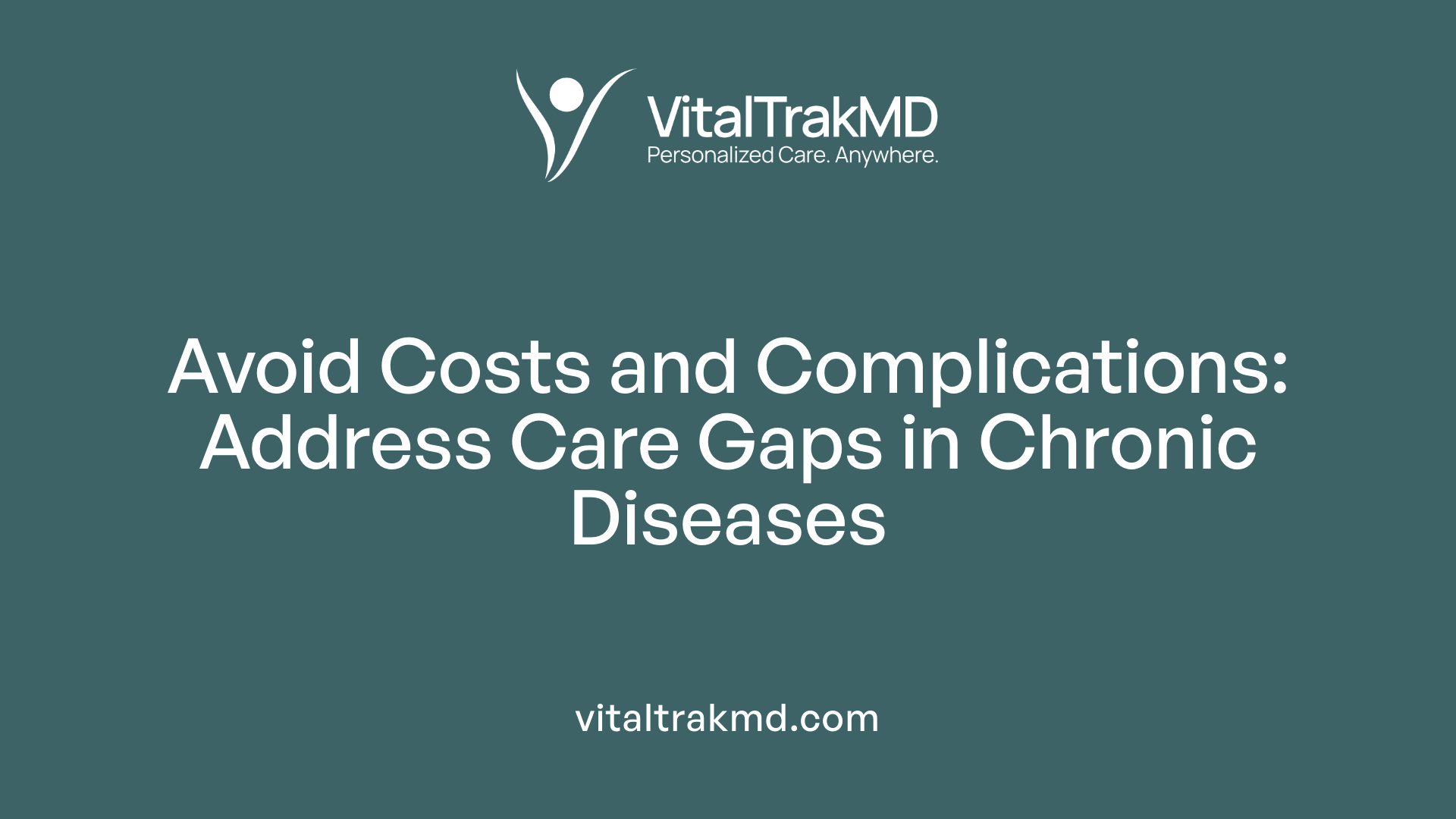
What are the causes and effects of deficiencies in managing chronic conditions?
Gaps in managing chronic illnesses often stem from poor communication and coordination among healthcare providers, patients, and caregivers. Limited access to comprehensive care, fragmented healthcare systems, and insufficient attention to social determinants of health further exacerbate these issues.
When chronic conditions are poorly managed, patients are at risk of symptom worsening and disease progression. Medication mismanagement, missed follow-ups, and lack of personalized care plans contribute to ineffective disease control.
The effects extend beyond individual health, leading to increased hospitalizations and emergency department visits. These frequent utilizations not only diminish the patient’s quality of life but also place significant financial strain on the healthcare system.
Without consistent monitoring and tailored interventions, health disparities grow, and vulnerable populations face higher risks of complications. Ultimately, these care gaps threaten the effectiveness of care delivery and escalate healthcare costs significantly.
How does poor management impact patient health and system costs?
Patients experiencing inadequate chronic disease management often face preventable health crises that could have been mitigated with better care coordination. This results in avoidable ER visits and hospital readmissions, which are costly and resource-intensive.
For hospitals and healthcare systems, these preventable events contribute to increased expenditure, longer wait times, and strained resources. The financial burden of avoidable ER visits in the U.S. alone reaches billions annually.
In addition, poorly managed conditions can lead to complications, decreased functional independence, and worsening health outcomes, affecting patients' overall well-being and increasing long-term care needs.
What is the impact of poor communication and personalization of care?
Lack of clear communication and tailored care plans can make patients feel disconnected from their treatment process. When patients do not receive personalized attention addressing their unique needs—including social and psychological factors—they are less likely to follow prescribed therapies.
This disconnect hampers medication adherence, health monitoring, and timely intervention, ultimately leading to deteriorating health and increased emergency care utilization.
Effective management requires personalized strategies that consider each patient's circumstances and empower them through education and continuous support. Bridging these communication gaps is vital to reducing avoidable ED visits and improving overall health outcomes.
Care Gaps and Their Impact on Emergency Room Utilization
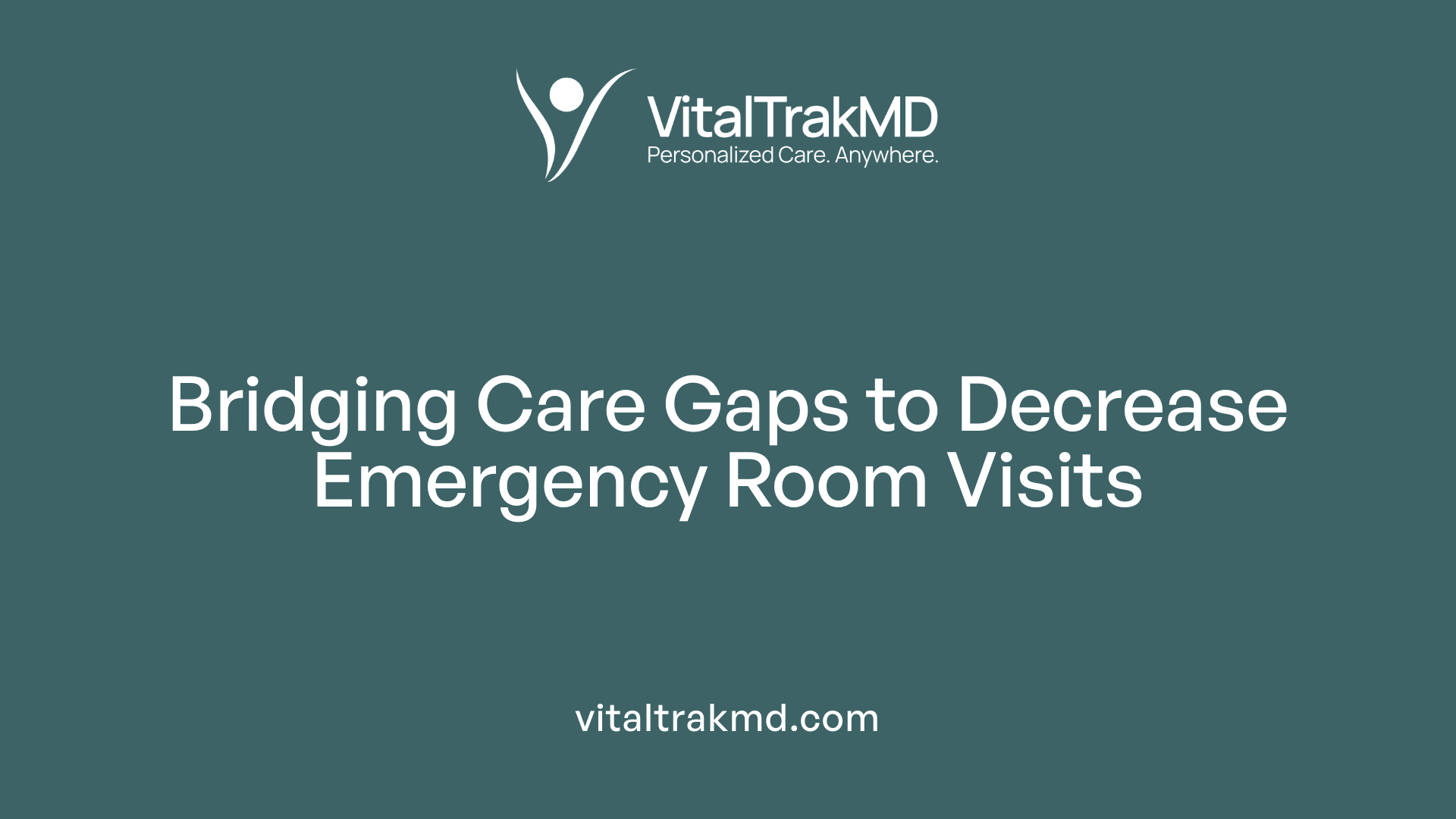
How do gaps in chronic care management contribute to increased emergency room visits?
Gaps in chronic care management play a significant role in driving up emergency room (ER) visits. When necessary care, monitoring, and coordination are lacking, patients often experience unmanaged symptoms that can escalate quickly. For example, missed medication doses, delayed diagnosis of complications, or inadequate follow-up can cause health conditions to worsen unexpectedly.
These gaps are often rooted in social and healthcare barriers, such as limited access to primary care, transportation issues, or social determinants of health like homelessness and food insecurity. When patients cannot manage their conditions proactively, they become more likely to seek urgent care in the ER as their illnesses flare or complications develop.
Furthermore, poor communication among healthcare providers and fragmented healthcare systems mean that vital information about a patient's health status may not be shared effectively. This disconnect can result in delayed interventions and unmanaged health risks.
Addressing these issues requires targeted programs such as Chronic Care Management (CCM), which provide regular follow-up through phone or telehealth visits, help develop personalized care plans, and facilitate connections to community resources. These structured interventions help fill care gaps by ensuring continuous management, early detection of problems, and timely treatment.
By closing these gaps in care, we can stabilize health conditions, prevent avoidable complications, and reduce the high cost and resource burden on emergency services. Ultimately, better care coordination and proactive management decrease the frequency of unnecessary ER visits, improving patient outcomes and easing the pressure on emergency healthcare facilities.
Strategies to Enhance Chronic Care for ER Visit Reduction
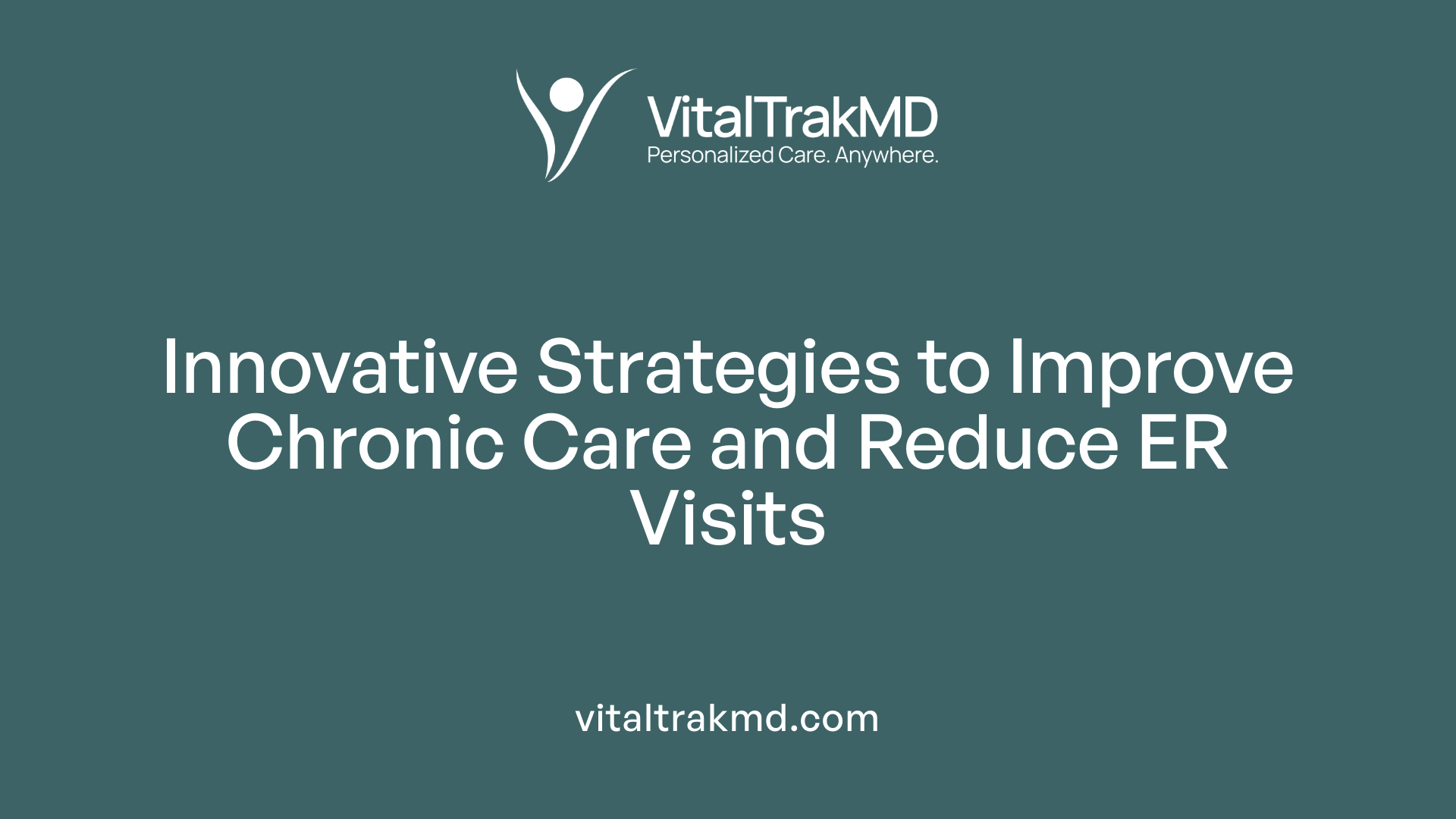
What strategies can improve chronic care management to reduce emergency healthcare utilization?
Reducing emergency department (ED) visits through better chronic care management involves a combination of targeted, coordinated efforts tailored to patient needs. Structured care programs, such as Chronic Care Management (CCM), provide personalized care plans, ongoing health monitoring, and regular communication between patients and healthcare providers. These programs often involve multidisciplinary teams, including nurses, case managers, and physicians, working collaboratively to address both medical and social needs.
Telehealth services, remote patient monitoring (RPM), and proactive follow-up are powerful tools that enable continuous oversight of chronic conditions outside the clinical setting. Telehealth allows timely consultations, reducing barriers like transportation or after-hours access issues. RPM devices track vital signs and other health indicators in real time, alerting providers to potential problems before they escalate. Combining these technologies enhances disease management and helps prevent avoidable emergencies.
Addressing social determinants of health (SDOH), such as housing instability, food insecurity, and transportation barriers, is crucial. Connecting patients with community resources and social support networks can mitigate risks that lead to ED visits. Efforts like social work interventions and integrating SDOH screening into routine care ensure that social barriers are acknowledged and managed.
Improving care coordination through the use of electronic health records (EHRs), shared data platforms, and clear communication pathways ensures all providers are informed and aligned in patient care plans. Effective discharge planning and follow-up after hospital or ED visits prevent gaps in treatment that could lead to rehospitalization.
In essence, a comprehensive strategy combining structured programs, technology-enabled monitoring, social support, and robust care coordination is essential to managing chronic illnesses effectively and reducing unnecessary emergency healthcare utilization.
The Role of Remote Patient Monitoring and Technology
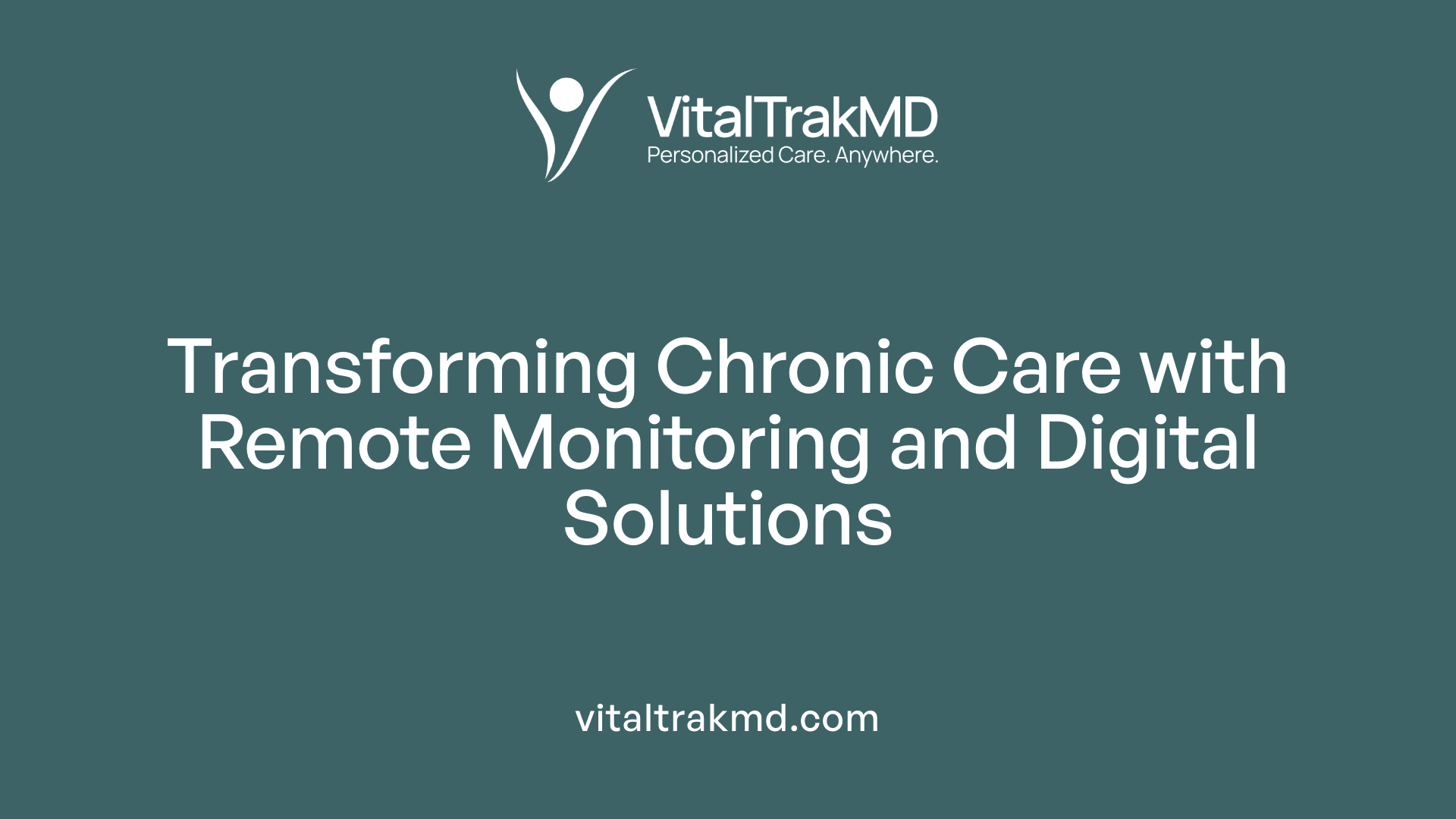
What role do remote patient monitoring and other solutions play in closing care gaps?
Remote patient monitoring (RPM) and digital health solutions are transforming how healthcare providers address care gaps, especially for patients with chronic conditions. RPM allows for continuous tracking of vital signs like heart rate, blood pressure, and glucose levels outside the traditional clinical environment. This constant flow of data enables early detection of health deterioration, which is crucial for preventing avoidable emergency visits and hospitalizations.
These technologies are instrumental in overcoming geographical and mobility barriers. They make healthcare more accessible to populations who might otherwise face difficulties in visiting clinics regularly, such as the elderly or those living in rural areas. By collecting data automatically and transmitting it securely to care teams, RPM tools ensure that providers have up-to-date information to adjust treatments promptly.
Furthermore, integrating artificial intelligence (AI) and predictive analytics into RPM enhances personalized care. These tools help identify subtle health changes and predict potential crises, allowing for preemptive interventions tailored to each patient’s needs.
Regular feedback and communication features in digital health platforms also boost patient engagement. Patients can receive reminders, educational content, and direct communication with healthcare professionals, fostering better adherence to medication and lifestyle recommendations.
Care coordination is improved through these technological solutions by creating a seamless flow of information among the various providers involved in a patient’s care. This comprehensive approach ensures that management plans are consistent and responsive.
In addition to reactive monitoring, RPM supports proactive preventive care. Patients are guided on lifestyle modifications, medication adherence, and health maintenance activities, which collectively lead to better health outcomes.
Overall, the role of RPM and digital health in closing care gaps is vital across the healthcare landscape. They enable more proactive, personalized, and accessible care, ultimately reducing disparities and improving quality of life for those with chronic illnesses.
Benefits of Effective CCM in Reducing Emergency Healthcare Needs
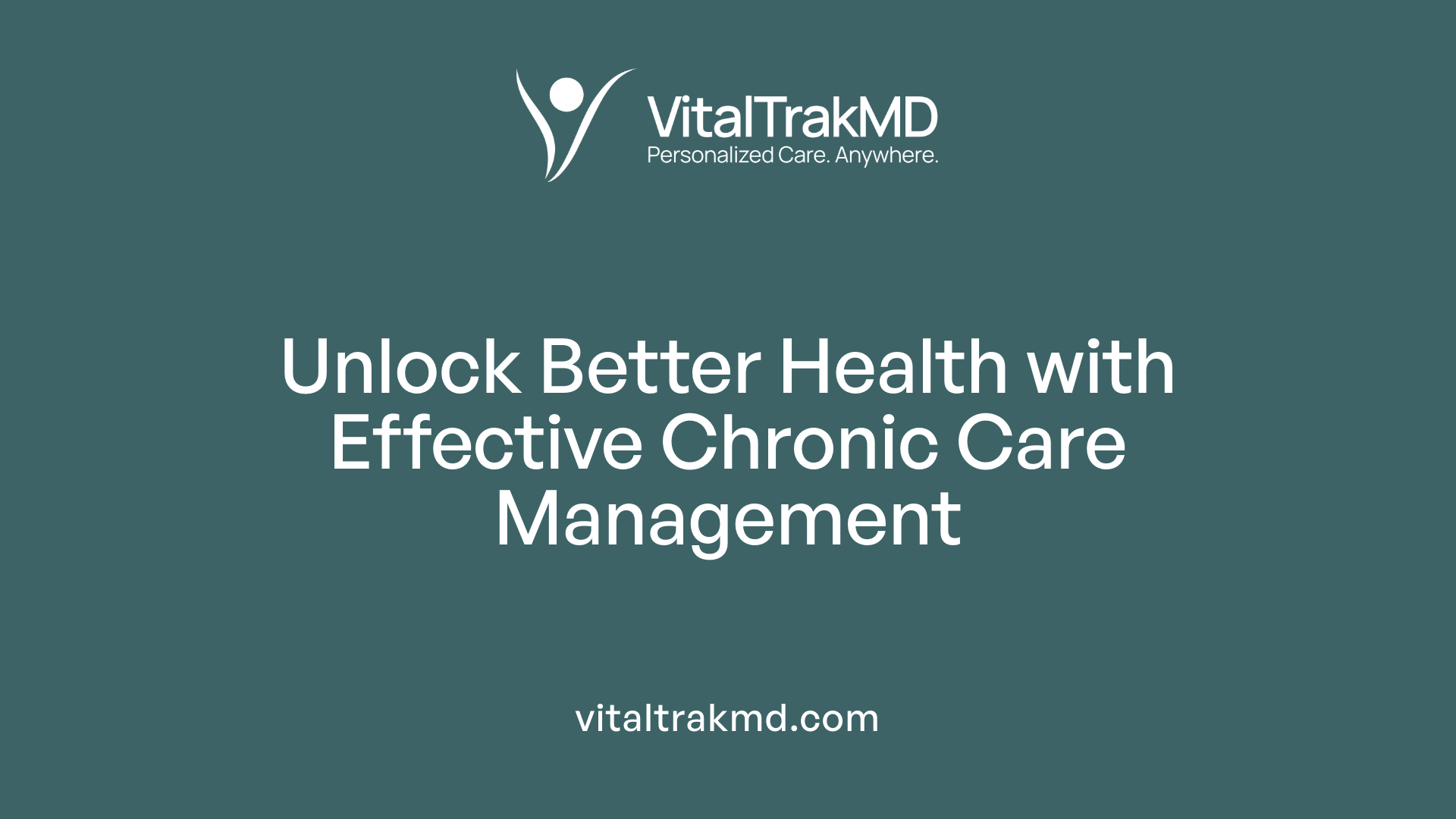
How does effective chronic care management help in reducing emergency healthcare needs?
Effective chronic care management (CCM) plays a vital role in preventing unnecessary emergency department (ED) visits, particularly for patients with multiple chronic conditions such as diabetes, heart disease, or COPD. By proactively monitoring patients’ health, CCM addresses issues before they escalate into emergencies. Programs utilizing telehealth, remote patient monitoring, and nurse-led care calls help stabilize health status and manage symptoms more effectively.
These programs also focus on common triggers for ED visits, including medication mismanagement, missed appointments, and social barriers like transportation or food insecurity. Addressing social determinants of health—such as housing stability and access to community resources—reduces the risk of acute health episodes.
Research shows that targeted CCM interventions lead to measurable reduction in avoidable ED visits. For instance, studies report a significant drop from an average of 6.83 to just 3.00 visits per patient after CCM implementation. This demonstrates that consistent, coordinated care not only enhances patient health but also spars down the need for emergency services.
Cost savings are substantial, with Medicare and other payers seeing decreased hospitalizations and ER visits, resulting in lower healthcare costs overall. More broadly, effective CCM improves health outcomes, boosts patient satisfaction, and alleviates pressures on emergency and hospital systems.
Expanding Access and Adoption of Care Models
Challenges of Underutilization in Chronic Care Management
Despite the proven benefits of programs like Chronic Care Management (CCM), participation remains remarkably low, with only about 4% of eligible Medicare enrollees enrolled as of 2019. This underutilization is driven by various barriers, including administrative burdens on healthcare providers, reluctance from patients to enroll, and limited awareness of available programs. Many healthcare systems struggle with integrating these services smoothly into existing workflows, which hampers wider adoption.
Incentives for Healthcare Providers
To encourage greater adoption, incentives are increasingly aligned towards value-based care models. Medicare offers approximately $62 per patient per month for CCM services that involve at least 20 minutes of non-face-to-face care. Additionally, providers who utilize remote patient monitoring (RPM) and care coordination technologies can leverage CPT codes that reimburse them for device setup, data collection, and patient interactions. These financial incentives not only offset administrative costs but also motivate providers to prioritize preventive and proactive care that reduces emergency department visits.
Future Directions to Broaden Access
Looking ahead, expanding access to chronic care programs will likely involve technological innovations and policy reforms. Telehealth and remote patient monitoring are key tools that can support proactive management outside traditional clinical settings. The use of mobile apps, wearable sensors, and AI-powered analytics could enable real-time health monitoring, early detection of potential complications, and timely interventions.
Efforts to reduce care disparities will also be essential. This includes creating more flexible programs with extended hours, same-day appointments, and alternative visit options to cater to patients with transportation difficulties or social barriers. Moreover, integrating social determinants of health into care models can help address underlying issues like homelessness and social isolation, which often contribute to frequent ED visits.
By fostering stronger collaboration among care teams, leveraging innovative technologies, and adjusting policy incentives, the healthcare system can enhance the reach and effectiveness of chronic care management, ultimately reducing unnecessary emergency visits and improving patient outcomes.
Moving Forward to Optimize Care and Reduce ER Visits
Addressing the gaps in chronic care management is crucial for reducing unnecessary emergency room visits, lowering healthcare costs, and improving patient outcomes. Implementing effective strategies such as telehealth, remote patient monitoring, comprehensive care coordination, and targeted social interventions can help bridge these gaps. Despite current challenges like underutilization, ongoing efforts to improve provider incentives and leverage technology are vital. A focus on personalized, continuous, and community-integrated care will ensure that patients with chronic conditions receive the management they need outside the emergency setting, ultimately fostering a more efficient and compassionate healthcare system.
References
- Using Chronic Care Management Visits to Reduce the Number of ...
- [PDF] Reducing Unnecessary Emergency Department Visits | CMS
- Background: Ongoing Efforts in Care Coordination and Gaps ... - NCBI
- Understanding Chronic Care Management: Key Approaches - Medrina
- How do Chronic Care Management Programs Reduce ... - blueBriX
- Bridging the Gap in Chronic Care Management With Remote Patient ...
- Implementing Value-Based Care With Chronic Care Management ...
- Is a Chronic Care Management Right for Your Health System?
- Frequent Users of Emergency Department Services: Gaps in ...
Recent articles
Want to Feel Better and Live Healthier?
Join hundreds of patients taking control of their health with personalized care that fits their life – not the other way around.
Rated 4.8/5 by 32+ customers



